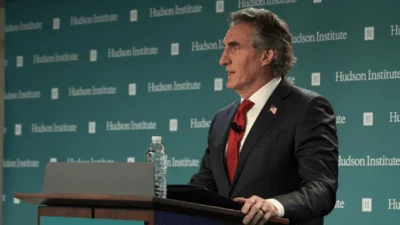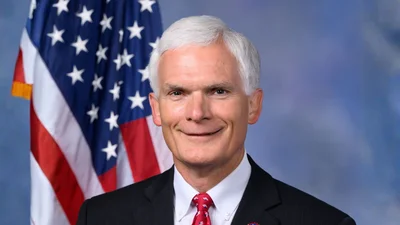The Department of the Interior has announced an increase in the annual revenue-sharing cap for Gulf of America Outer Continental Shelf energy revenues. Starting in fiscal year 2025, the cap will rise from $500 million to $650 million and will remain at that level through 2034.
Funds generated from offshore oil and gas production are distributed to Alabama, Louisiana, Mississippi, and Texas. These funds support coastal protection, restoration, infrastructure projects, and contribute to the Land and Water Conservation Fund.
Secretary of the Interior Doug Burgum stated, “The Trump administration is committed to unleashing American energy, reducing reliance on foreign sources and strengthening coastal communities. This increase in revenue sharing rewards the states that power our economy and ensures they have the resources to build resilient infrastructure, protect their coastlines and grow local jobs.”
Under the new cap:
- Gulf-producing states will receive up to 75% of these revenues—amounting to as much as $487.5 million each year—to fund various coastal initiatives. A portion also goes directly to counties and parishes within those states.
- The Land and Water Conservation Fund will receive up to 25%, or a maximum of $162.5 million annually.
- Coastal states could see up to $150 million more each year than under previous limits.
Federal law has required a share of Outer Continental Shelf energy revenues be directed toward Gulf states, their political subdivisions, and conservation efforts since 2009. Disbursements are made in the year following collection.
The previous $500 million cap was set in 2016 but was temporarily increased for fiscal years 2020 and 2021 under provisions of the Tax Cuts and Jobs Act passed in 2017.
Disbursements are subject to federal sequestration requirements according to U.S.C. statutes and guidance from OMB Circular A-11.
More information about allocations can be found at https://doi.gov/.





